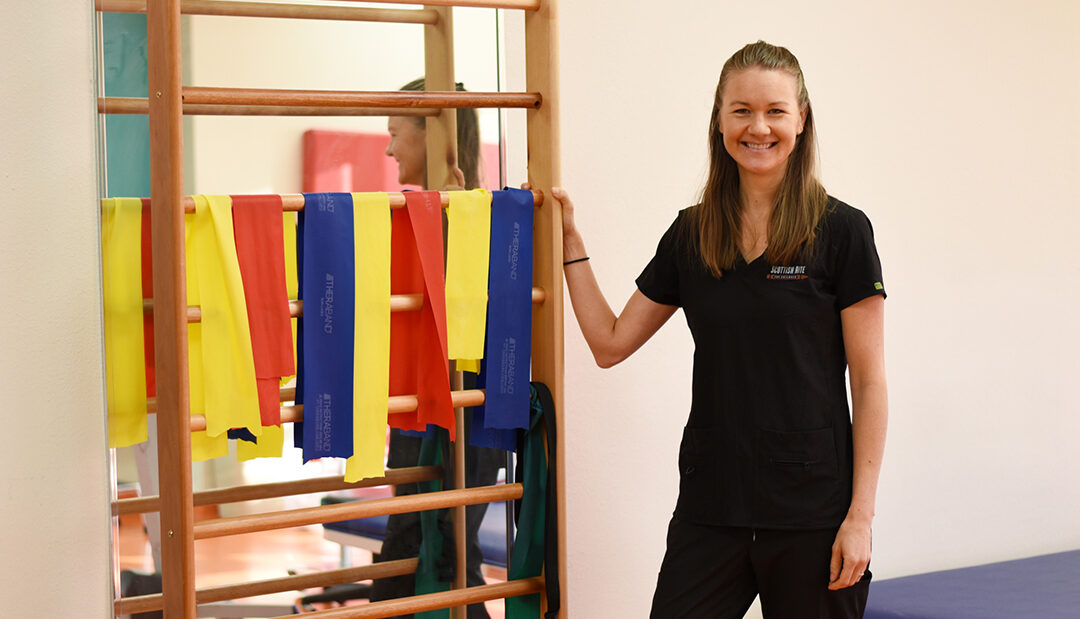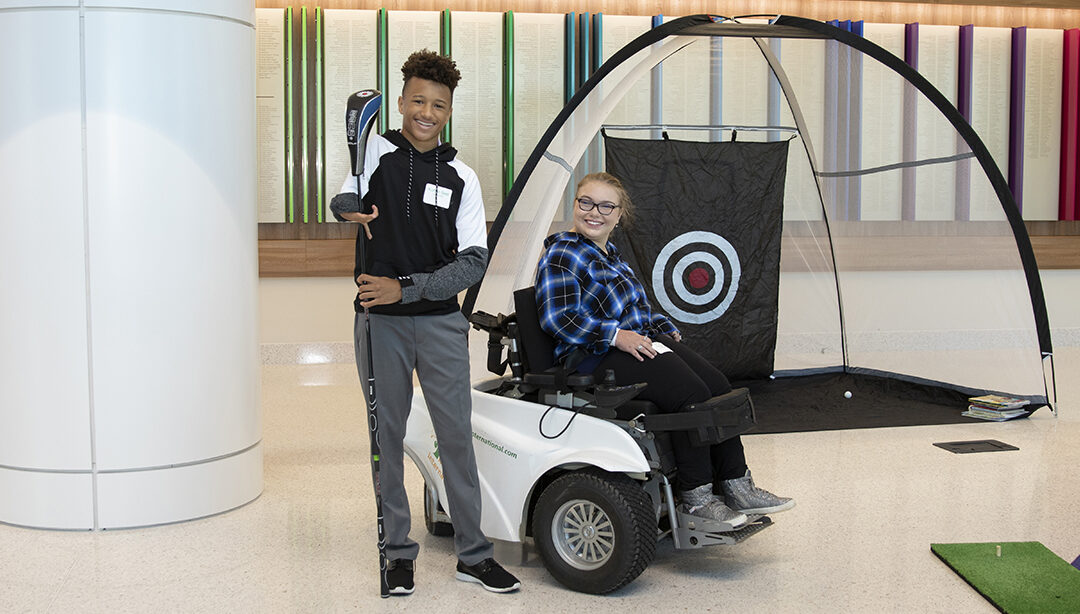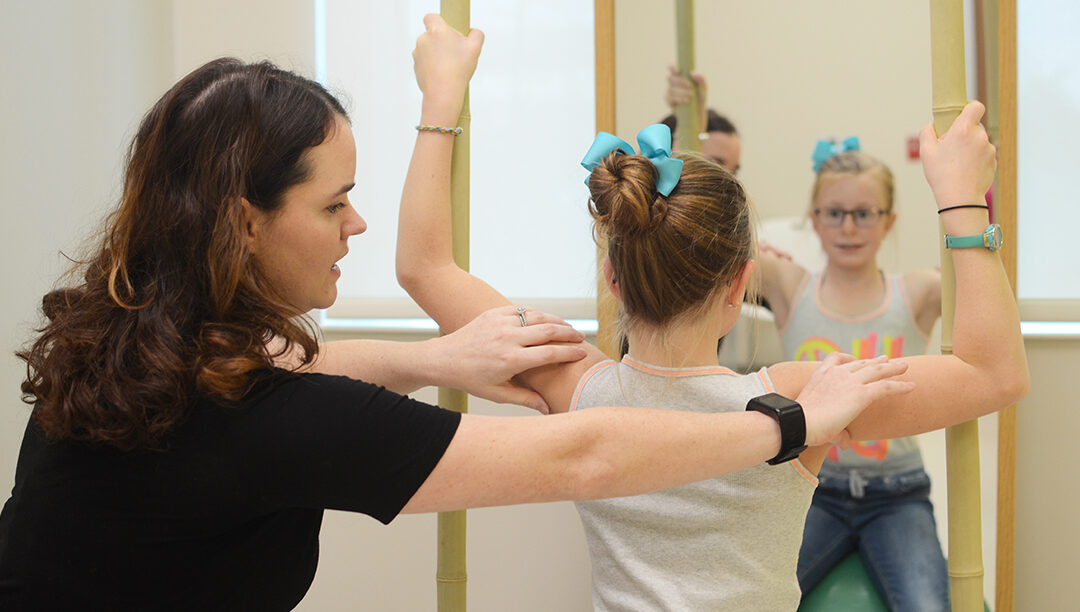
Get to Know our Staff: Karina Zapata, Therapy Services
I am a physical therapist/research therapist in the Therapy Services department. I spend half of my time seeing patients as a physical therapist and the other half working on research or quality improvement projects. I enjoy being able to support effective implementation of evidence-based practice.
What do you enjoy most about Scottish Rite?
I love the mission – that we can do what is best for the child, regardless of families’ ability to pay.
I love being able to collaborate with so many disciplines to provide holistic care.
I love that we have a strong research team to have an impact on a wider scale. I initially thought that I was going to move back to sub-Saharan Africa to “make a difference,” but I realized that I can also make a difference right here at Scottish Rite. The unique opportunities that this organization provides, allows me to utilize my skills and talents on a daily basis.
I grew up in Kenya and Papua New Guinea. I initially thought that I wanted to use my privilege of studying in the US to return overseas, but once I learned about Scottish Rite for Children, my plans changed. My physical therapy professor in Los Angeles told me about Scottish Rite. She knew that Scottish Rite had a physical therapy method for treating clubfoot, which is a hot topic overseas. After graduating from PT school 13 years ago, I started working here.
When I began working here, I noticed that we saw a lot of kids with scoliosis, but physical therapy did not play a large role in their treatment. In Germany, my other nationality, scoliosis-specific exercises are commonly performed. I ended up getting my Ph.D. while working here to evaluate whether scoliosis-specific exercises prevent curve progression and determining if it should be part of our standard of care.
What are you currently watching on Netflix/Hulu/TV/etc.?
Between work and staying active with my three kids, I fall asleep before I’m able to watch anything.
What would be the most amazing adventure to go on?
Traveling around the world for a year with my family.
What is special about the place you grew up?
Papua New Guinea has the most linguistic diversity in the world, with over 800 languages.
What is your favorite thing to do when you’re not working?
Without kids, kitesurfing. My department director actually got me hooked. With kids, exploring a nearby state park.

